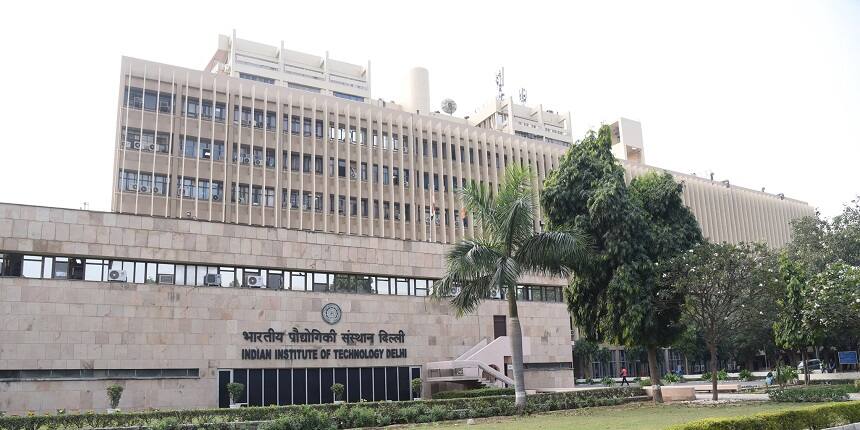IIT Delhi researchers create device to generate electricity from raindrops, ocean waves
Vagisha Kaushik | September 17, 2021 | 03:21 PM IST | 1 min read
IIT Delhi researchers have developed a device that helps generate electricity from water streams, raindrops, ocean waves etc.
IITs- A Comprehensive Guide
A complete guide to IITs: Learn about the admission process, required cutoffs, fees, top branches, campus details, and updated placement statistics—all in one place.
Download Now
NEW DELHI: The Indian Institute of Technology Delhi’s researchers have developed a device called ‘Liquid-solid Interface Triboelectric Nanogenerator’ that helps generate electricity from water drops, water streams, raindrops, and ocean waves using the methods of “Triboelectric Effect” and “Electrostatic Induction”. The electricity generated out of the device can be kept in batteries for further use.
Must See: IITs Comprehensive Guide
The device has a very simple structure and can generate a few Milliwatt (mW) power, which is sufficient to power small electronic devices like watches, digital thermometers, radio frequency transmitters, healthcare sensors, pedometers, a statement from IIT Delhi said.
Also Read | JEE Main 2021: Check last year's NIT cut-offs for BTech Computer Science
In comparison to the traditional methods of generating electricity, this technology can generate more electricity, the IIT Delhi statement said.
Neeraj Khare, Department of Physics and his group at the Nanoscale Research Facility (NRF), IIT Delhi, have been working on this project. They have also filed an Indian patent on several researches including this device, the statement said.
Khare said: “Triboelectric effect has been a known phenomenon for a long time, and in this effect, charges are generated when two surfaces are in friction. The best example we see are sparkling lights when we move the blankets or jackets. It is only lately that it has been extensively investigated as a practical alternative for energy harvesting.”
The IIT Delhi researchers also explored the underlying mechanism of the electricity generated when the water drop comes in contact with the solid surface and it is shown that saline water drops generate more electricity.
Also Read | UP BEd JEE counselling 2021: Phase 1 registration begins today; Check how to apply
The researchers further showed that the device can even work with ocean waves, where the water is saline, and through the ocean waves contacting the surface of nanocomposite polymer film, electricity is generated.
Write to us at news@careers360.com.
Follow us for the latest education news on colleges and universities, admission, courses, exams, research, education policies, study abroad and more..
To get in touch, write to us at news@careers360.com.